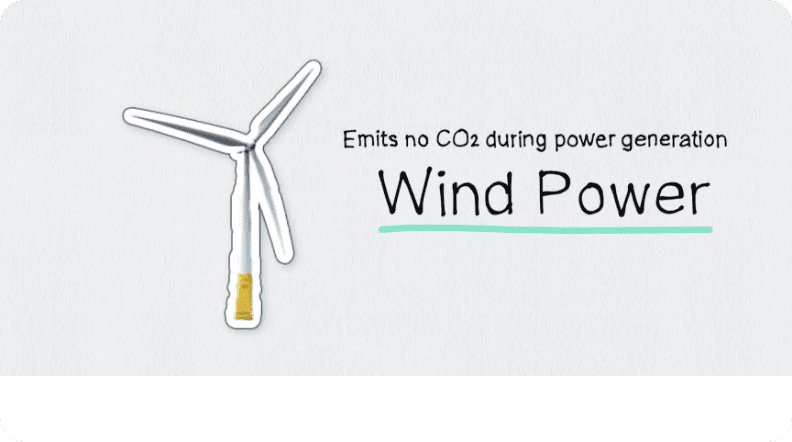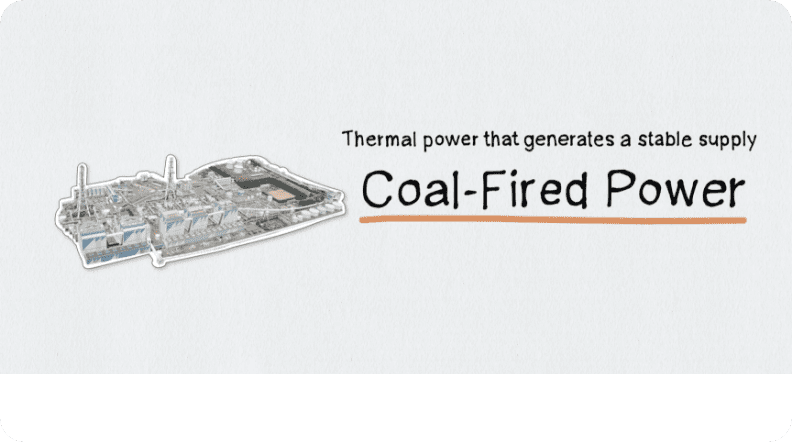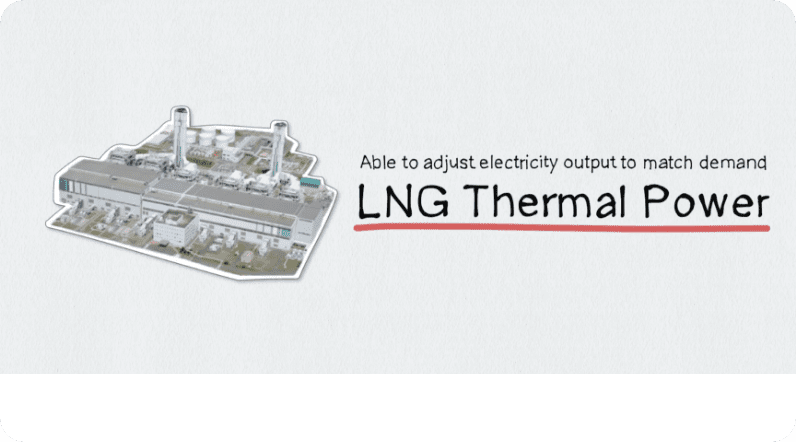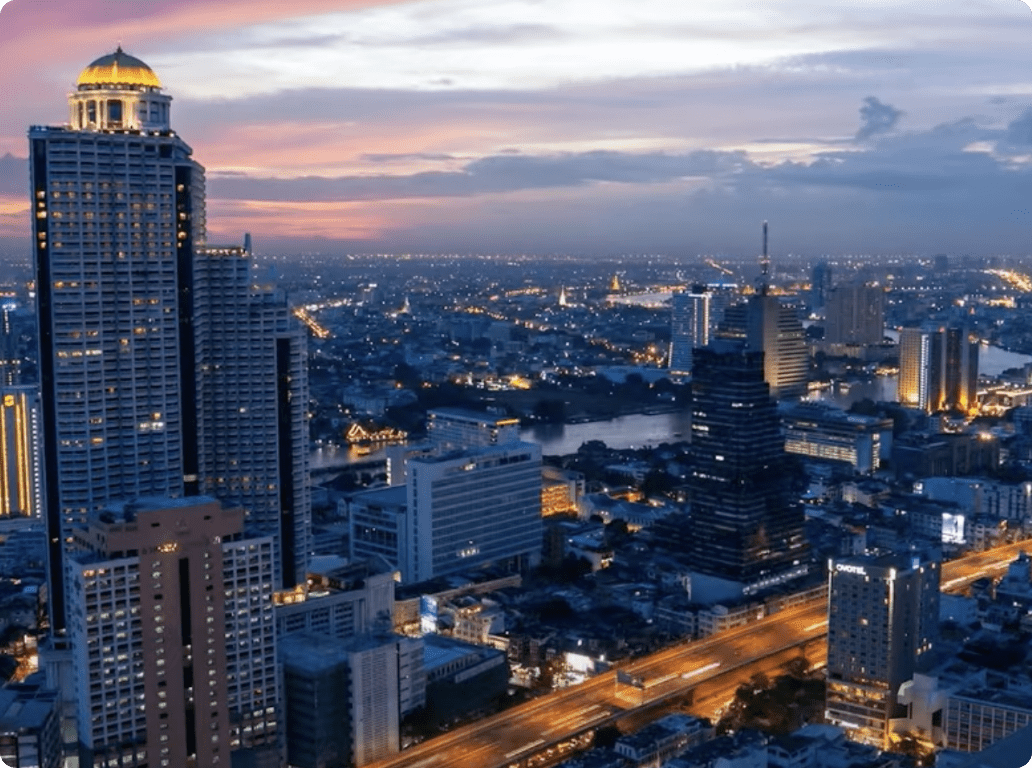APPROACHThree approaches to achieve Zero CO₂ Emissions by 2050
Touch to see the description.
Renewable Energy and Zero-Emission Thermal Power Complement One Another.
Stable thermal power supports renewable energy, which depends on environmental conditions. Thermal power has historically been considered a major source of CO₂ Emissions, but by adopting greener fuels and advancing Zero-Emission Thermal Power alongside renewable energy, JERA will contribute to achieve Net-Zero CO₂ Emissions.
Tailoring Roadmap for Countries and Regions
Each country and region has unique conditions, including climate and relationships with neighboring countries, so renewable energy alone is unlikely to achieve Zero CO₂ Emissions. JERA will work with local countries to provide solutions tailored to each country and region and develop roadmap to achieve this goal.
Adopting Smart Transitions
A green society can only be achieved by safeguarding the distinctive and invaluable lifestyles of each community. For example, minor modifications to burner at existing coal-fired power plants can enable the combustion of ammonia. Smart transition means using available and reliable technology and taking a step-by-step approach to what can be done now.







